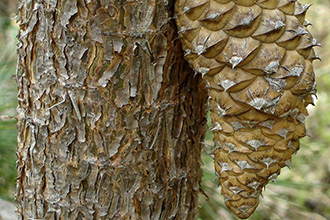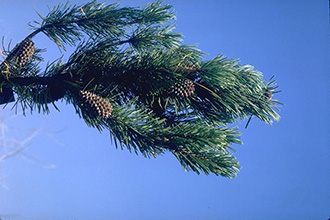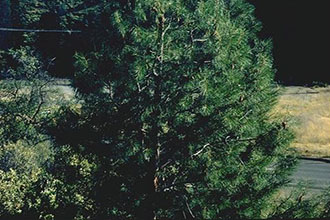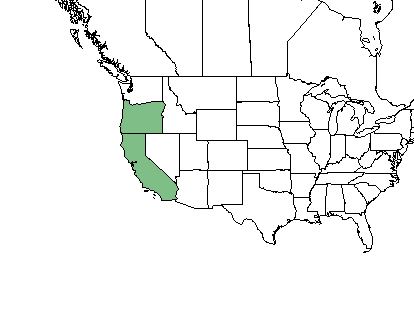Taxonomy: Kingdom - Plantae (plants). Subkingdom - Tracheobionta (vascular plants). Superdivision - Spermatophyta (seed plants). Division - Coniferophyta (conifers). Class - Pinopsida. Order - Pinales. Family - Pinaceae (pine). Genus -Pinus L. Species - Pinus attenuata Lemmon
Ecology: The knobcone pine community occupies a transitional position between chaparral and woodland and higher elevation forests. Because of its patchy distribution, it is usually surrounded by other communities. At lower elevations, it is most often associated with chamise (Adenostoma fasciculatum)-manzanita (Arctostaphylos spp.) communities and various oak (Quercus spp.) woodlands. At higher elevations, it is associated with a variety of coniferous communities.



